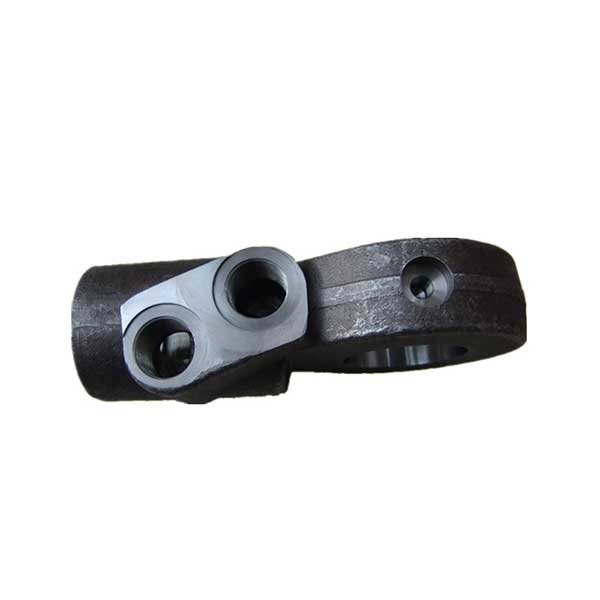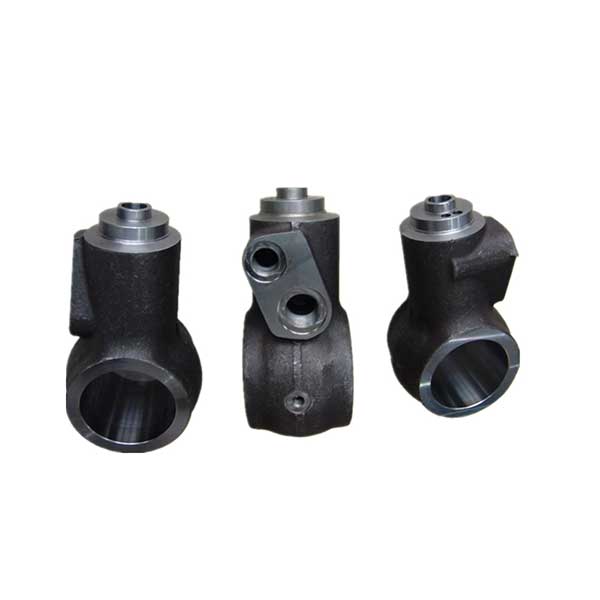First, forging processing plan
- The amount and tolerance of the excavator on the forging, the margin and tolerance in the height direction should be larger. When the excavator is forged, the metal inertia is very small or almost zero, and the groove is not easy to fill deep.
- Fillet radius The metal movement of the excavator on the forging is almost inert, so the radius of the fillet should be larger, which is good for metal activities and fills the depth of the full groove.
- Die forging slope Because the ejector is provided on the excavator, the die forging slope can be reduced, generally taking 3° to 7°; some can even be without slope.
Second, the billet process plan
When the excavator is forging, the forging metal has poor filling performance. Generally, the preform should be pre-formed, but the excavator movable beam has a slow moving speed and is not suitable for the blanking step; together, in order to avoid the large excavator from receiving the eccentric load, the single type is generally used. Slot die forging. For forgings and precision forgings with different shapes, multiple sets of dies are used to make the metal move smoothly, evenly deformed, the fibers are continuous, and the deep recessed grooves are filled. For shaft forgings and messy forgings, free forging blanks can be used, or special blanks can be used for molding, or combined, as detailed below.
1. Shaft forgings and blanks
Forgings with a uniform cross section can be directly forged by bar. For uneven flat sections and large flat long forgings, the following forging schemes are selected:
Free forging blank – final forging;
Special blank molding blank – final forging;
Pre-forging and final forging;
Free forging billet – pre-forging – final forging.
2. Selection of free forging blanks for the production of messy forgings – final forging;
Free forging blank – special blank molding blank – final forging;
Free forging blank – pre-forging – final forging;
Free forging blanks – special blank molding blanks – pre-forging – final forging.
Die forging blank
3. Forging die planning features
The die forging on the excavator is mostly combined. Excavator die forging is also divided into two types: split die forging and closed die forging. The open die forging die planning process is similar to the hammer forging die, and the burr groove is also placed; and the closed die forging die plan is similar to the screw press forging die plan. The biggest feature of the forging die for excavators is that they can be planned into a closed combination mold, so that the forged shape forgings with inner cavity and the forgings without die forging are forged.
Forging dies are used on the excavator. The slope of the forging die of the upper die should be larger than that of the lower die to prevent the forging from being caught in the upper model groove. Because the excavator is a static load, the pressure is adjustable. When the overload is over, the relief valve is maintained. The die bearing surface requirements are not as severe as the hammer forging, and only the module strength is required.




